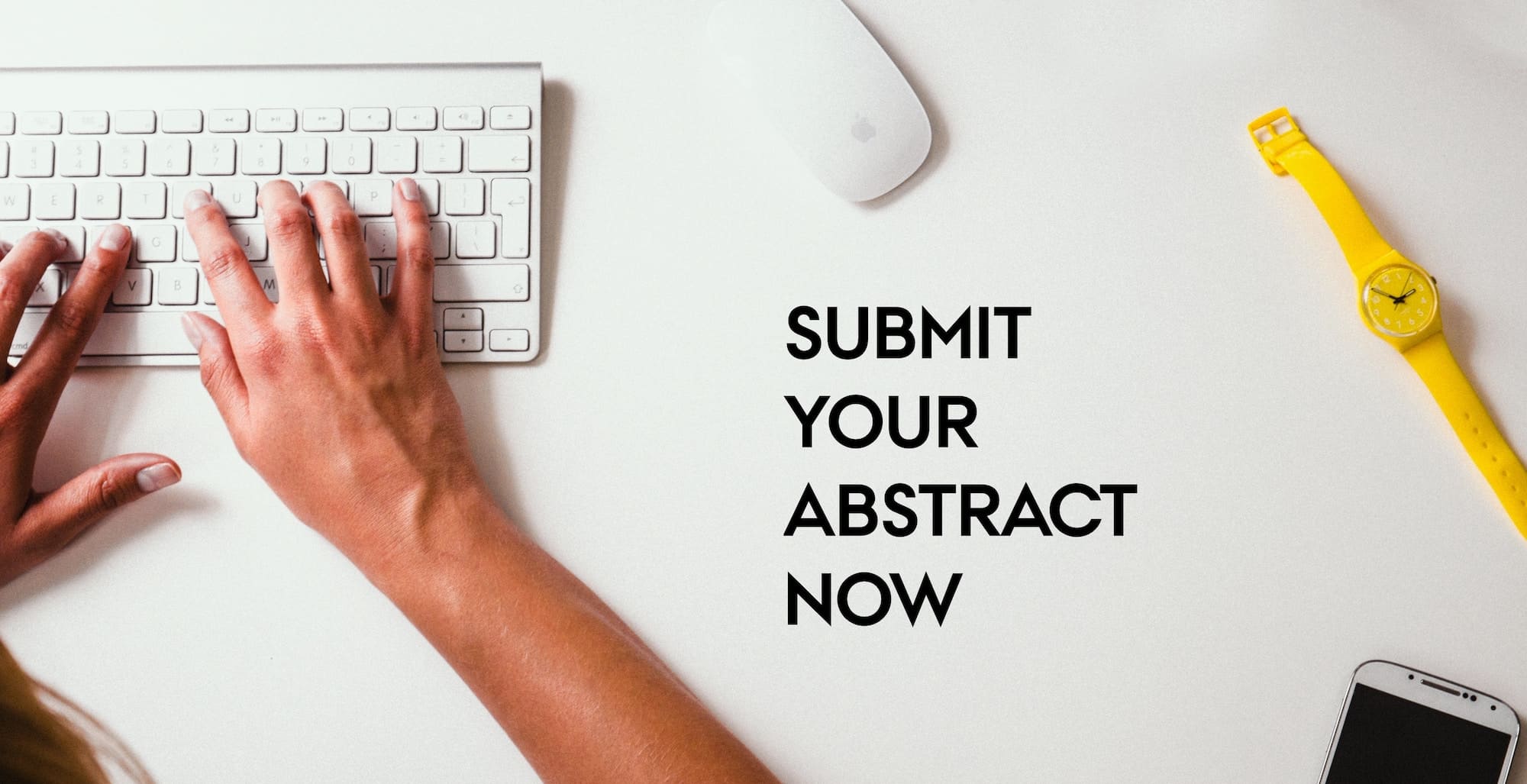Abstract Guidelines
Cell Science Conference Abstract Guidelines:
- Abstracts should be no longer than one A4 page in portrait layout.
- Title: Should be concise, in bold, sentence case, and centered.
- Co-authors and Affiliations: Listed below the title in italics. The name of the main author should be underlined, and the presenting author should be marked with an asterisk (*).
- Language and Length: The abstract must be written in English, with a maximum character count of 300 words.
- Formatting: The main body of the abstract should be written in Times New Roman, font size 12, justified alignment, with 1.5 line spacing.
- References: Cite references in superscript numbers within the text. Full references should be listed at the end of the abstract in the following format: YEAR, VOLUME, PAGE, using standard Chemical Abstracts Source Service Index terminology.
- Figures, Graphs, and Schemes: The inclusion of figures, graphs, and schemes is encouraged where they aid in the understanding of the abstract.
- Submission Format: Abstracts should be submitted in either MS Word or PDF format. Submissions can be made via email attachment to the conference email with the subject line: "Conference Abstract" or through the online submission method via the conference website.
- Submission Details: When submitting by email, include the full details of the main author and presenting author, and specify if the presentation will be Oral or Poster.
- File Size Limit: Abstracts submitted online should not exceed 1 MB. If your file is larger than this, please submit it via email attachment.
- Post-Conference Paper Submission: After the conference, speakers may submit full-length papers for publication in related journals, with an additional fee. Papers will be published within two months of submission.
- Confirmation: A confirmation email will be sent upon receiving your abstract. If you do not receive a confirmation within 24 hours, please contact the respective conference coordinator or ambassador.
Topic's
- Advances in Cellular Imaging and Visualization Techniques
- Cellular Mechanisms in Disease Pathogenesis
- Stem Cell Biology and Regenerative Medicine
- Single-Cell Sequencing and Analysis
- Cell Signaling Pathways and Therapeutic Implications
- 3D Cell Culture and Organoids
- Cytoskeleton Dynamics and Cellular Motility
- Epigenetic Regulation of Cellular Function
- Cell Death and Survival Mechanisms
- Cell-Cell Communication in Tissue Homeostasis
- Cellular Stress Responses: Adaptation and Failure
- Cancer Cell Biology and Metastasis
- Cellular Models for Drug Discovery
- Autophagy and Lysosomal Pathways
- Cell Polarity and Morphogenesis
- Advances in CRISPR and Gene Editing
- Molecular Basis of Genetic Disorders
- RNA Biology: Mechanisms and Therapeutics
- Protein Engineering and Structural Biology
- Molecular Mechanisms of DNA Damage
We strongly believe that honesty is the most important value in academics. Therefore, plagiarism is not allowed, and any unfair behavior will not be accepted.


